Since Egyptian explorers reconstructed the Sphinx in the 18th dynasty roughly 150 years ago; archaeological discoveries have been unraveling secrets and mysteries about human history.
And still, these mysteries abound and continue to be unraveled even in 2022.
From Egyptian mummies with golden tongues to Sir Ernest Shackleton’s Endurance, the year 2022 saw archaeologists unearth some interesting remains.
Here are the eight best archaeological discoveries of 2022.
Egyptian Mummy With Golden Tongue
The Quweisna necropolis hasn’t been fully explored since its discovery in 1989. The latest archaeological find is a collection of Egyptian mummies with tongue-shaped gold chips in their mouths. The cemetery is in the Central Nile Delta, roughly 40 miles south of Cairo.
Scientists and researchers estimate that the corpses were buried around 300 to 640 BCE, linking them to the Ptolemaic and Roman periods. But the features raising the most questions are the golden tongues found in the mouths of these bodies.
The belief in “Osiris” — the Egyptian Lord of the underworld — is believed to answer this question.
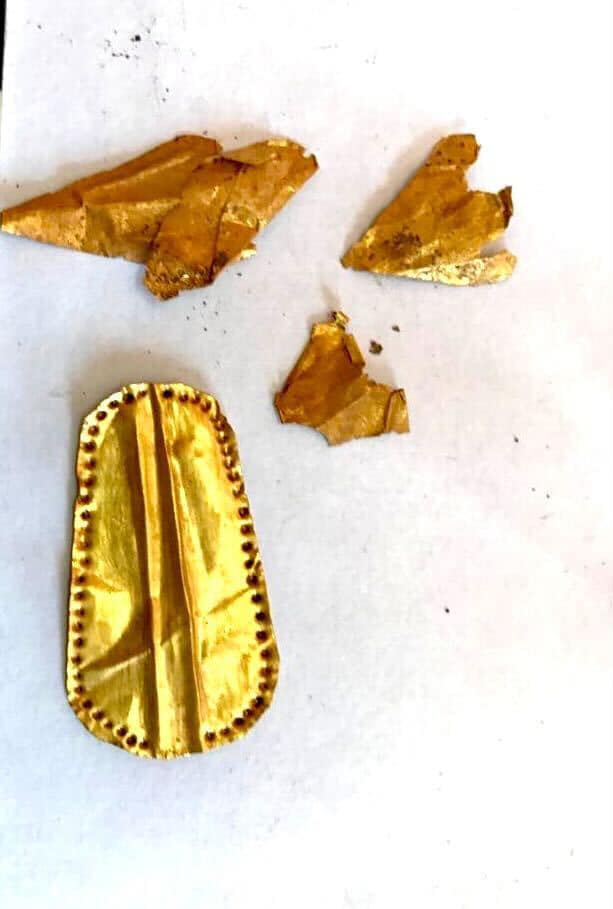
Osiris, also regarded as the “Lord of silence,” hated noise, making people believe that the underworld must be quiet.
This plays into existing beliefs that the dead can take things placed at their burial sites to the underworld, as experts believe these golden tongues were to help mummies get on the good side and talk to the god of the underworld.
Archaeologists discovered these bodies in a newly-discovered extension of the Quweisna cemetery, indicating that different eras and civilizations used the cemetery.
Wreckage of the Endurance – Sir Ernest Shackleton
About a century ago, an adventurous polar explorer named Sir Ernest Shackleton set out to achieve his dream of crossing Antarctica by foot. He set out for a bay on the Weddell sea with 27 crew members on a 144-foot ship named the “Endurance.”
In January 1915, they would soon need to embody their ship’s name when the ship got stuck in the thick ice of the Weddell sea, only 100 miles from their destination.
They did endure — for eight months even —- remaining on the ship till November 12, 1915. The ship, on the hand, couldn’t embody its name for much longer as it gave in to the harsh conditions of the sea, sinking to about 10,000 feet. Shackleton lost his ship but ensured the safe return of the crew members to their various homes despite the harsh conditions.
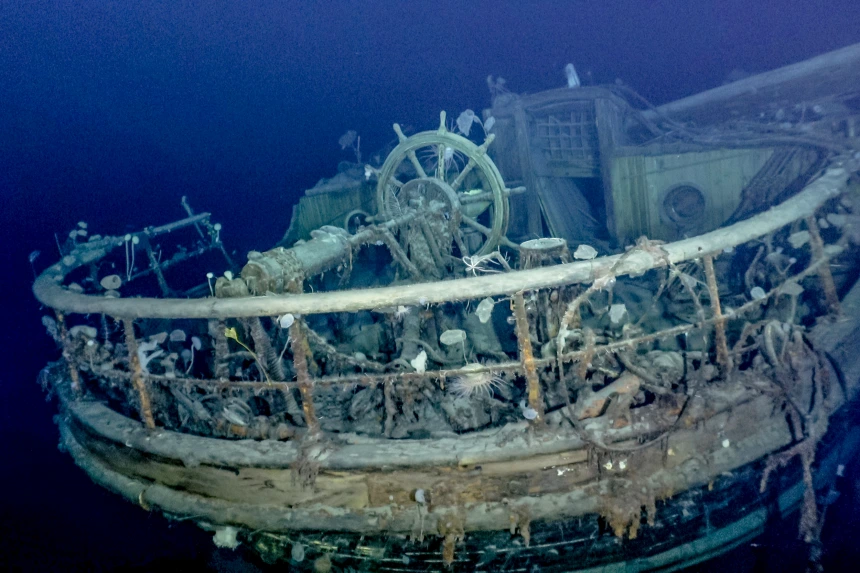
On March 9, 2022, the Endurance22 expedition achieved its goal of completing the “world’s most challenging shipwreck search.” The search party found the ship submerged to 3008 meters below the Weddell sea after setting out in about three months from Cape Town.
The ship’s location was about 4 miles south of the location the captain last recorded. It was in fine well-preserved condition due to the temperature of the sea and the absence of wood-eating bacteria in the water.
First Canaanite Sentence in Writing
The oldest sentence in the first alphabet was deciphered in 2022, although they already discovered the inscribing in 2017. The sentence features 17 Canaanite letters written in an obsolete format, much similar to the first stage of the invention of the alphabet script.
It is a statement that captures an everyday life problem that has been around for a long time and is encountered by both the rich and the poor.
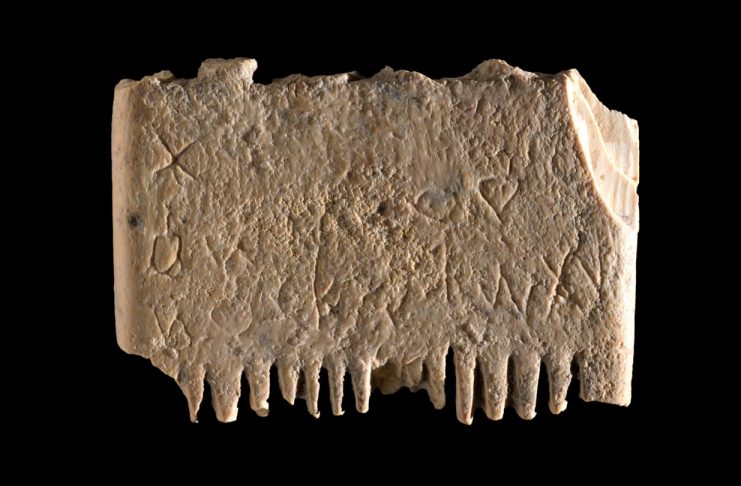
It reads, “May this tusk root out the lice of the hair and the beard.” The inscription was on a double-edged comb made from ivory that scientists could trace back to 1700 BC.
They estimated that the writing is about 3700 years old, dating back to the second millennium BCE. It was found in Lachish, one of the most important city-states in Judah, during the second millennium.
Researchers confirmed the comb’s purpose further when they examined it under the microscope and saw solid outer membranes of the lice in its nymph stage. They were about a half-millimeter long.
Embellished Bronze Statues in Tuscany
Exploring muddy wrecks of an ancient bathhouse in San Casciano Dei Bagni, Tuscany, that commenced in 2019 has yielded some results.
The explorers found over two dozen beautifully-preserved bronze statues, numerous statuettes, and almost 6,000 silver, gold, and bronze coins at the Etruscan site.
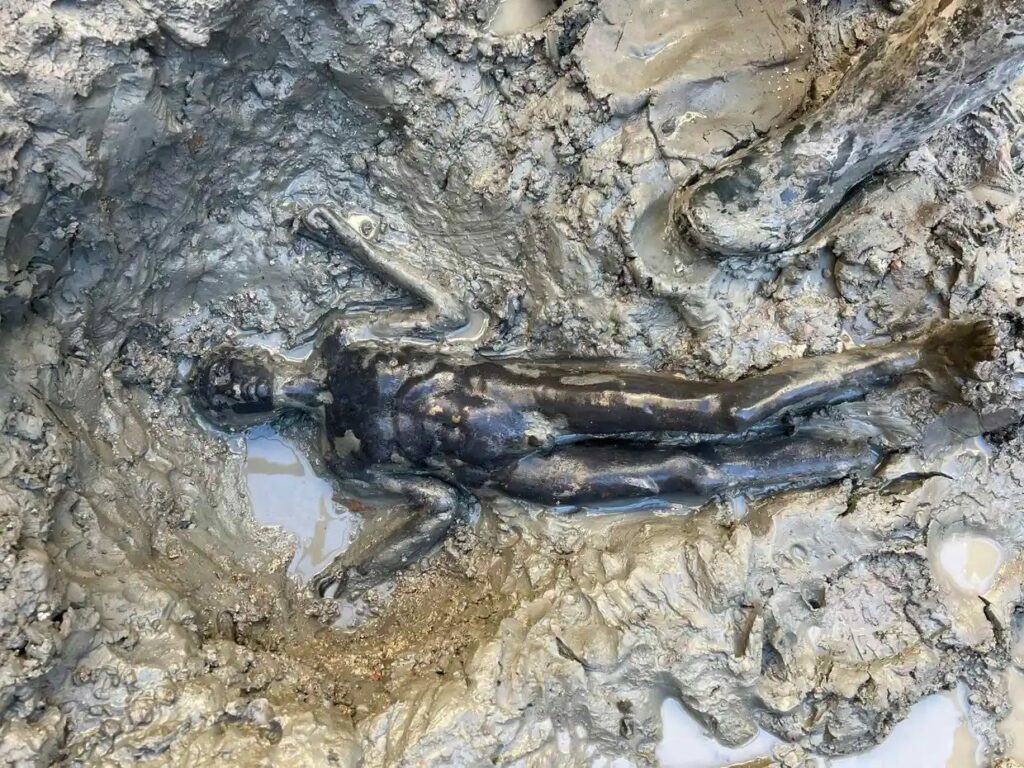
Experts identified some statues as representing Greco-Roman deities like Apollo and Hygieia and were probably used to beautify a sanctuary, most likely around the first century AD.
They also predicted that the worshippers immersed them in the muddy waters as a ritual in anticipation of what people aimed to receive from the deities. Finally, there were Latin and Etruscan engravings on the bronze statues.
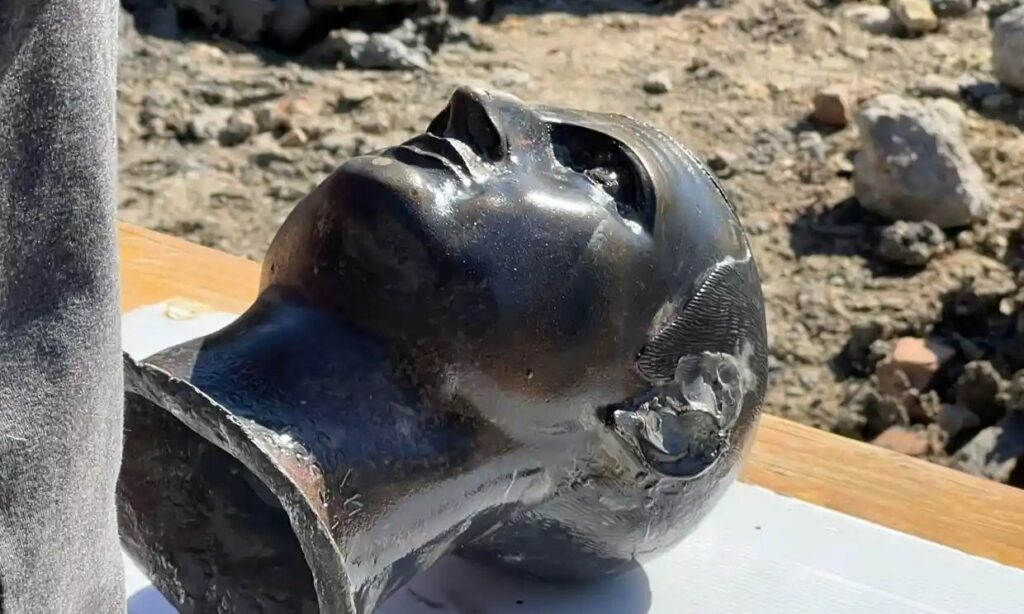
We can infer a couple of things from this discovery as historians try to put the pieces together. First, the fact that the figurines were made from bronze and not terracotta indicate the presence of an upper-class settlement.
Also, they could be traced to the times around the second century BC and first century AD — a transitionary period from Etruscan to Roman rule — marked by struggles and battles. And the burying of these statues signifies attempts to eradicate Etruscan culture by burying their historical items.
The Head of Anat, a Canaanite goddess
An unlikely source discovered evidence of an ancient human civilization that once lived in Gaza City. While working on his farm in Gaza, a Palestinian farmer stumbled on a 4500-year-old head of Anat, a Canaanite goddess.
According to the Ministry of Tourism and Antiquities in Palestine, the statue dates back to 2500 BC.
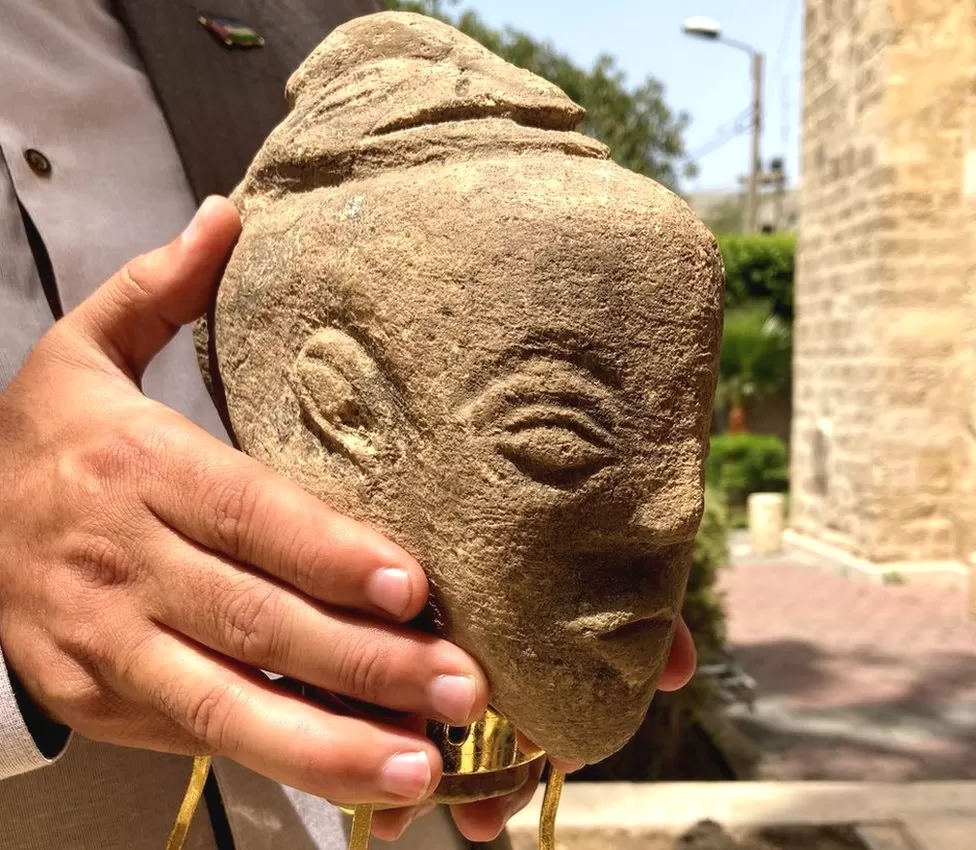
Anat was a goddess of love, war, and beauty in Canaanite mythology, and finding her head sheds more light on the region’s history.
Numerous other statues have been found in the Gaza Strip, as the location was a connecting route between Egypt, the Levant, and Mesopotamia.
Evidence of Roman Crucifixion
Although many reports claim that the Romans nailed their prisoners to the cross, only about three pieces of archaeological evidence exist to substantiate that fact.
The fourth and best—preserved one surfaced in a Roman settlement in Cambridgeshire, England.
Excavations were ongoing when archaeologists stumbled on the 1900-year-old skeleton with a 2-inch iron nail driven through the right heel bone. The discovery is the first evidence of crucifixion found in Northern Europe.
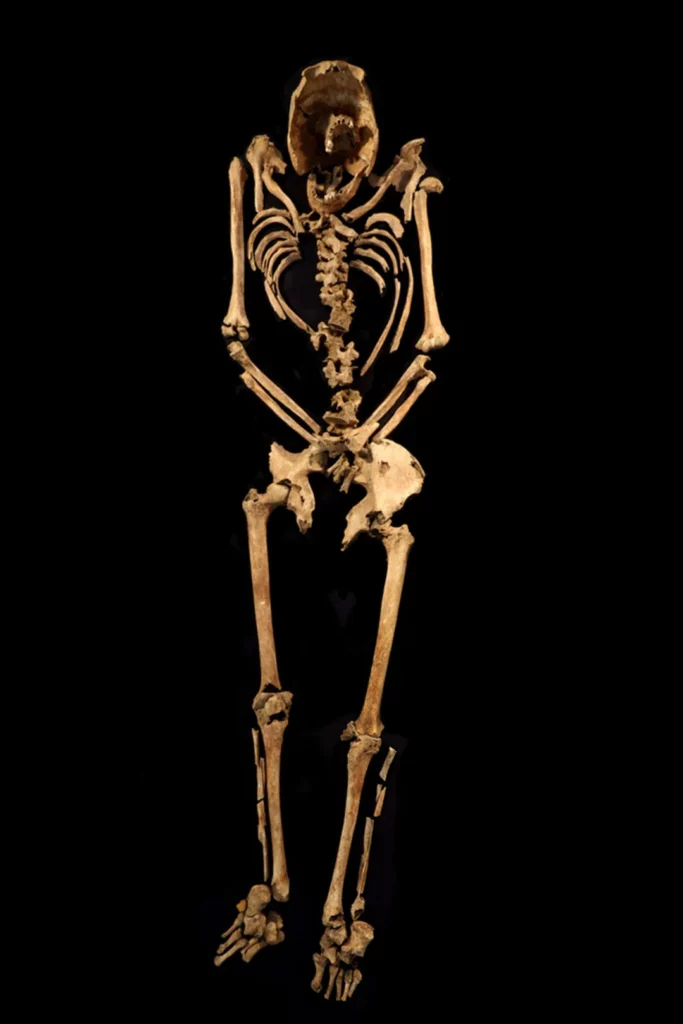
Radiocarbon dating analysis of the bones indicated that the individual lived between 130 CE and 360 CE. Further DNA analysis also showed that the body was not genetically related to most other bodies found at the site.
This finding indicated that the individual was most likely enslaved, as the shins were also considerably smaller than those of the others found at the site.
These findings further strengthen the ideology that crucifixion was reserved majorly for rebels, enslaved people, and members of the lower class.
Aztec Offerings
Once again, archaeological discoveries lay bare mysteries of the past – this time, the religious rites and political propaganda in pre-Hispanic times in Mexico.
Numerous offering boxes have been discovered at the foot of the Templo Mayor in New Mexico City during a recent exploration. The foot of the Templo Mayor contained over 2500 wooden objects and artifacts such as masks, wands, figurines, ears, jars, etc.
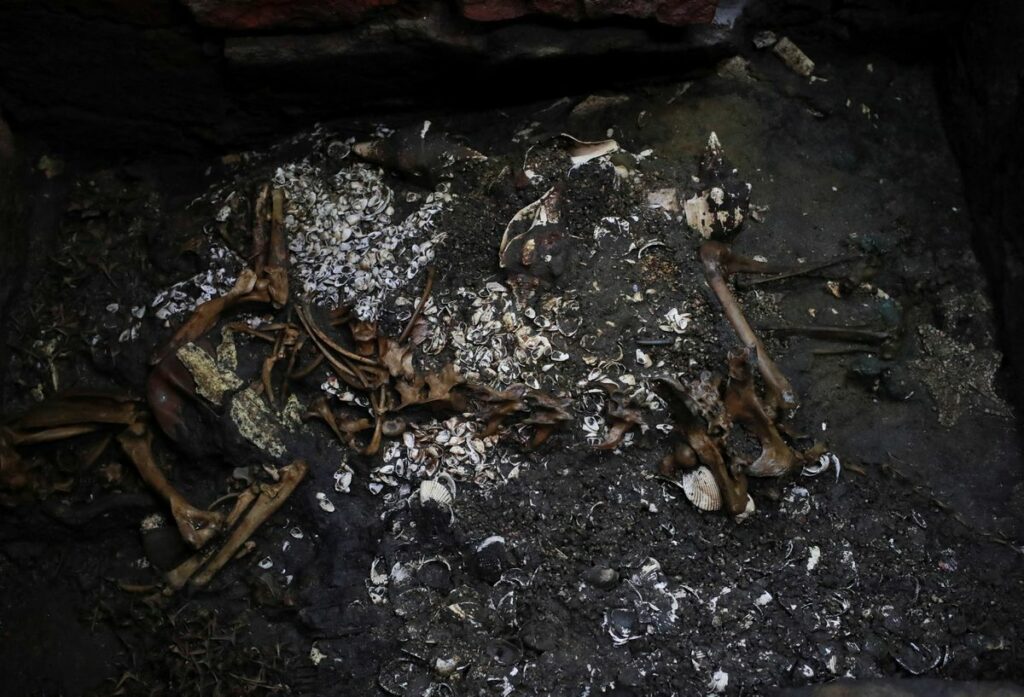
Worshippers placed all these items at the site to dedicate them to their gods; the god of war, Huitzilopochtli, and the rain god, Tlaloc.
Incredible finds at this location include a box containing about 180 complete corral branches, and 165 once-bright-red starfish found precisely at the center of the ceremonial stage.
The discovery records the highest amount of sea offerings from both the Pacific Ocean and the Gulf of Mexico, and the boxes have been estimated to be about five centuries old. Still, the boxes need to be fully explored as there are still numerous boxes whose contents still need to be analyzed.
Archaeological experts in ancient Mexico are probing a link between the findings and the Aztecs’ lives. The working principle at the moment describes a ritual economy, imperial expansions, military prowess, and warfare.
Origin of the Venus of Willendorf
Thirty thousand years ago, a 4.3-inch tall figurine identified as the Venus of Willendorf was discovered on the banks of the Danube river. Since then, there have been lingering mysteries about the source of the build material from which it was sculpted.
To pile on the uncertainties, numerous other figurines with which the Venus of Willendorf was found have been scanned, and analysis revealed that they were made from Ivory.
The Venus of Willendorf, on the other hand, was made from oolitic limestone, which can be obtained from a type of limestone.
Solving this mystery required answers to another; how it was constructed. This is because the material could only be found about 450 miles from where the figurine was found.
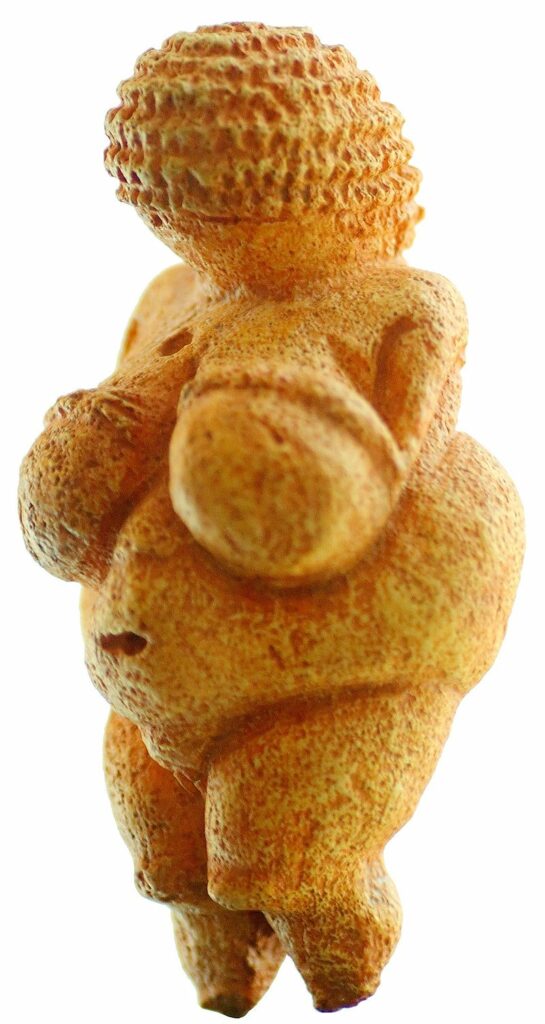
So, the sculptors must have manufactured it before transporting it to the Danube.
Researchers discovered this material using a technique known as high-resolution micro-computed tomography. The technique further revealed the details of the figurine’s structural components that have been otherwise difficult to figure out.
What Awaits Us?
These archaeological discoveries peek into the early sculptors’ creative minds; they probably didn’t know it, but they might have been well ahead of their time.
2022 saw humanity discover more of itself with amazing discoveries. Yet, while we relish and appreciate what this look down memory lane has taught us, we can not help but wonder what waits for us in years to come as we further dissect our past.

